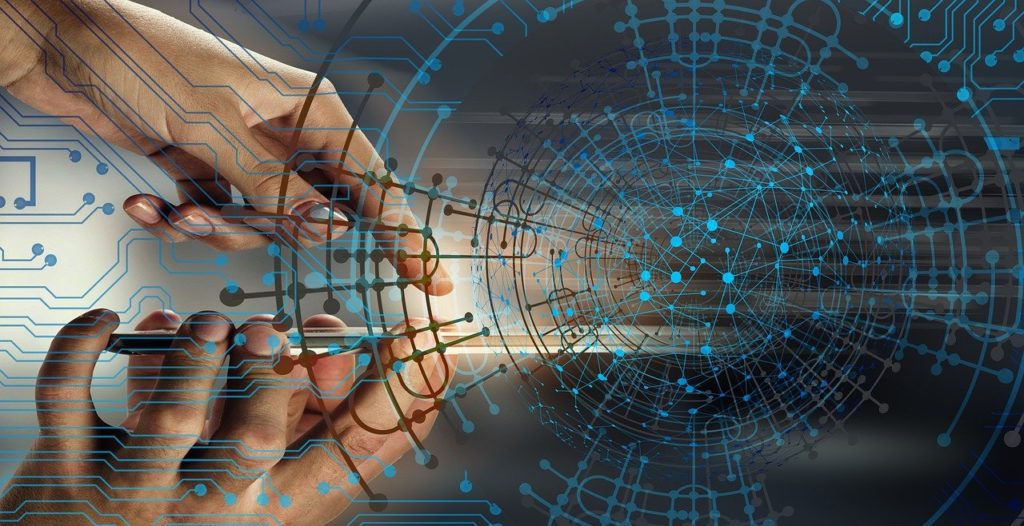In recent years, the African Union has concentrated on better ways that to solve local problems. Facing a lot of challenges, the continent is raising a generation of innovators who are making a big investment in Africa technology development taking a creative approach and non-standard thinking. Here are 10 examples of technological innovations coming out of African countries.
9 Technological Innovations from Africa
- Mellowcabs: Mellowcab is a fully electric vehicle that provides public transportation in urban areas. Developed in South Africa, Mellowcabs are eco-friendly and carbon-neutral. The cabs use kinetic energy to power the vehicle, on-board tablet computers, use hydrogen fuel cell technology, and are made out of recycled materials. The rides are free; the company relies on an advertisement placed in the cab. Mellowcabs developers helped to reduce traffic in urban areas and successfully tied into the transport infrastructure.
- Jumia: Jumia launched in Nigeria in 2012. The largest e-commerce retailer in the country works with 16 African countries and sells anything from electronics to clothes and home goods. Initially starting with three employees, Jumia presently has a staff of 1,000 young and entrepreneurial Nigerians. Jumia set-up the first e-commerce academy in Nigeria, the Jumia Academy, building young entrepreneurs pioneering various aspects of business in Nigeria.
- Sterio.me: Sterio.me is a critical education startup in Africa, utilising the recent development of mobile industry, SMS-based programs are a good way to engages learners outside the classroom, to reinforce in-classroom learning. The process is easy: teachers record a lecture or quiz, upload it to the site where pupils can access the information with a code. First launched in Zimbabwe, Sterio.me opens up an opportunity for everyone who wants to learn.
- Obami: Obami is a South Africa-based social learning platform, where students can get news from schools and groups and submit school work. Launched in 2007, the technology is currently used by about 400 organizations across Africa. The cloud-hosted platform is easily accessible from the web or, importantly, from mobile. The mobile app, Obami Tutor, focuses on private tutoring. Barbara Mallinson, Obami’s founder, is one of the leading female entrepreneurs in South Africa.
- M-PESA: M-PESA is a mobile-based money transfer application, which allows users to store money on mobile accounts and make simple transfers via SMS messaging. Customers can deposit and withdraw money from a large network of agents, charging its users a small fee for sending and withdrawing transactions. Since its creation in 2007, M-PESA expanded as far as Afghanistan, India and Albania. This app moves an entire third of the Kenyan GDP among its 15 million mostly rural users.
- Charging Shoes: One extraordinary method to charge a mobile phone while walking is to use ultra-thin chips of crystal inserted into the sole of a shoe. Invented by Anthony Mutua from Kenya, technology generates electricity through the pressure exerted when it is stepped on.
- Sleep Out: Sleep Out is a website for adventurers and travelers who are looking for accommodation in Africa. Launched in 2011 in Kenya, the online portal became popular very quick. Today it covers hotels, hostels, B&Bs and private hosts from all over the continent. It allows users to pay directly to the host via mobile, cash, card or transfer.
- The Kenya Open Data Initiative: A portal to fuel new enterprises and apps. Most important, it makes government data freely available to the Kenyan public. The technological initiative was claimed to improve governance and constitutional groundwork on information access.
- Ushahidi: This app was developed after 2008 post-election violence outbreak to create a map reflecting data of violent acts in the country. Ushahidi offers products that enable local observers to submit reports using their mobile phones or the internet, while simultaneously creating a temporary geospatial archive of events.
Source: Borgen Project

